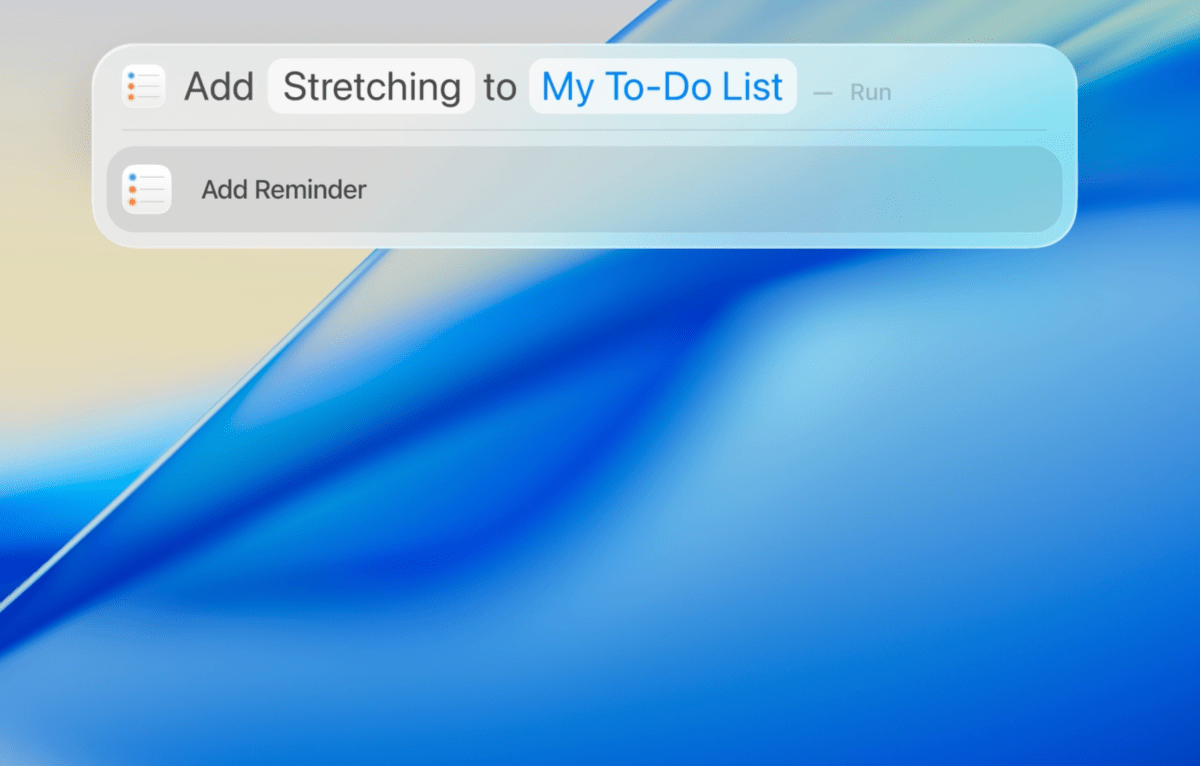Apple updates Spotlight and performs actions on Mac
Apple has announced some of the biggest updates ever for Spotlight, the Mac’s on-device search feature. WWDC 2025 on monday. With Macos Tahoe, you can use the spotlight to perform shortcuts and perform hundreds of actions, including creating emails, setting reminders, playing podcasts and more.
Apple is upgrading Spotlight due to the growing popularity of chat applications such as Openai’s ChatGpt and Google’s Gemini. People around the world are using command line interfaces to further complete their tasks, and it appears that Apple is updating the spotlight to become part of that shift. The company says Spotlight is the fastest way to view all content on your Mac.
Spotlight takes a visual redesign and makes it easier for users to browse through apps, files, clipboard history and more. All of these results are listed together and ranked “intelligent” based on their relationship with the user.

Apple also introduced the quick key. A short string of characters that take users directly to a particular app or action. Mac users can send messages by typing “SM.” Alternatively, you can add a new reminder by sending an “AR”. Users can also assign quick keys to custom functions in the Spotlight. Developers can also use the App Intents API to enable apps to be discovered in the spotlight.
In one demo, Apple executives showed how users could send an entire email from the spotlight, fill out parameters such as recipients, subjects, messages, and more, and click “Send” without accessing another app. It is still unclear whether users will truly send emails through the Macos Tahoe’s improved spotlight.
Apple says Spotlight will be integrated with Apple Intelligence and contextually recognized. The on-device search feature suggests actions that users generally take and based on what they are currently working on.
The Spotlight Upgrade was one of many updates to MacOS revealed in Apple’s WWDC. Apple also said that MacOS is getting a new live tracking feature that integrates with the iPhone and a redesign of the “Liquid Glass” software.






